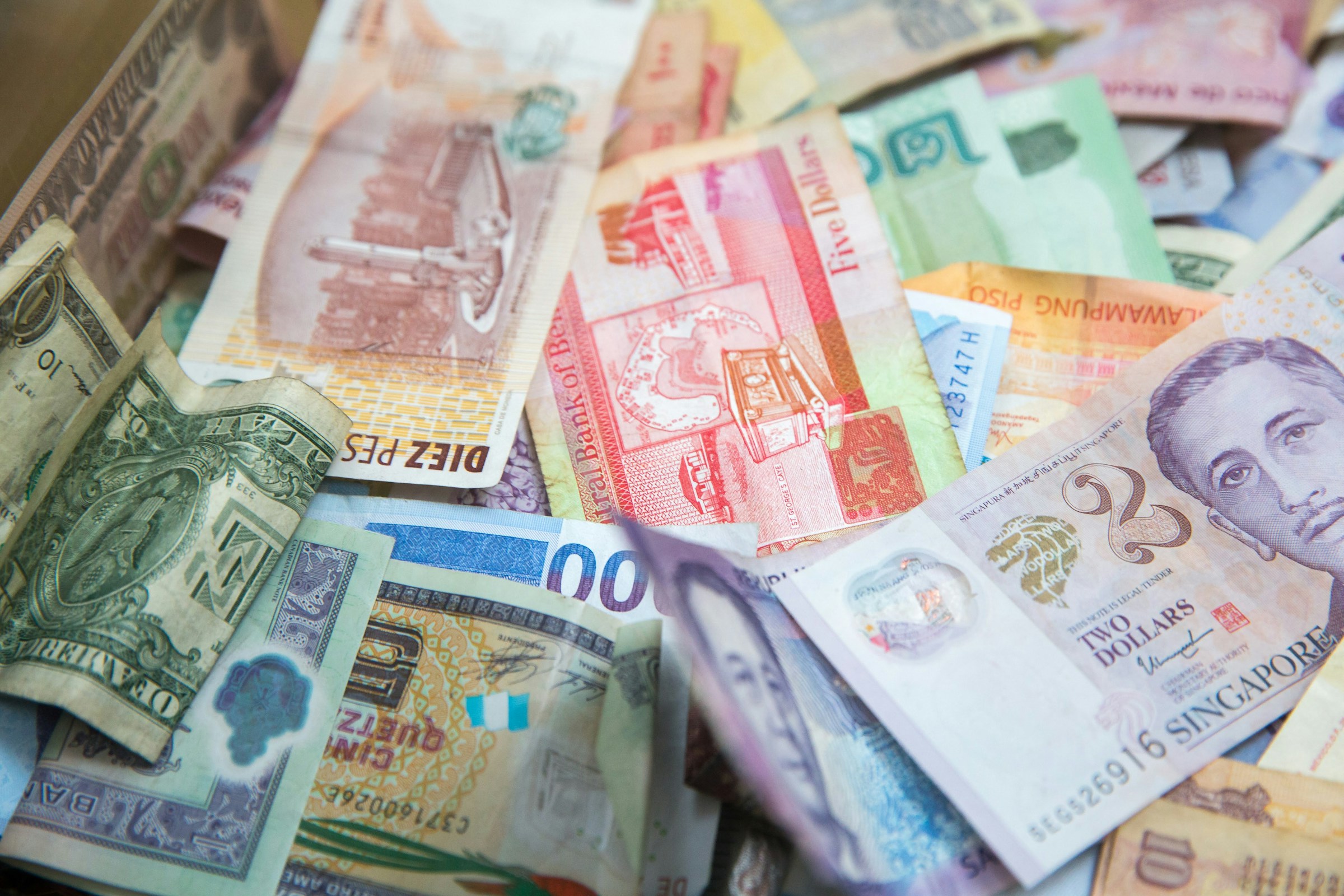The signal isn’t the headline price tick; it’s the posture. The Singapore dollar opened the week steady against the U.S. dollar and, absent a fresh macro shock, is likely to chop in a narrow range. That’s not just inertia. It’s how a rule-based currency regime looks when the data calendar clusters late in the week and policymakers have already tuned the slope. In other words, the market’s telling you the bandwidth is doing its job.
Step back from the tape and the product logic becomes clearer. MAS already eased the throttle on appreciation in April—reducing the S$NEER slope while leaving the center and width intact—and then chose continuity at its latest review in July. When a managed-float central bank dials the slope and then sits still, it is effectively asking markets to trade carry and data around the band rather than re-price the regime. That is what a consolidation backdrop looks like.
The macro justification for that April adjustment was straightforward: a softer external growth pulse and tariff-linked uncertainty warranted a little less disinflationary pressure from the currency, but not a wholesale pivot. The subsequent decision to maintain settings signalled that policy, as designed, is transmitting—supporting a gradual glide rather than a forced march. For traders, the message is: respect the rails; the slope is your volatility budget.
Price action has behaved accordingly. Over the past week the USD/SGD pair oscillated inside a tight corridor—roughly 1.279 to 1.287—telegraphing two things at once: limited appetite to fade the dollar into event risk and limited willingness to chase it higher against a rules-driven Asian basket anchor. Range-bound markets are often read as indecision; here it’s just the band asserting structure.
What could break that rhythm? The near-term catalysts sit on a clean timeline. First comes the Jackson Hole symposium on Aug. 21–23, where Chair Powell will attempt to square resilient activity with inflation that hasn’t fully said goodbye. Markets are primed for confirmation that the Fed can keep inching toward easier policy without reigniting price pressure; anything that leans hawkish on persistence would put a mild bid under the dollar complex and test the top of SGD’s recent range. Then, on Aug. 25, Singapore’s CPI print lands, giving MAS watchers a fresher read on domestic price momentum inside the NEER framework. Until those land, the default state is consolidation.
Read the S$ like you would a platform with a transparent algorithm. The “algo” here is the NEER band—slope, width, center—pushing the trade to be about relative inflation and growth differentials rather than headline theatrics. MAS has told you where it wants the system to go; the rest of us are just providing order flow. In this construct, exporters hedge forward inside the band, importers manage pass-through sensitivity, and macro funds toggle exposures around U.S. rate rhetoric. The result isn’t dull; it’s curated liquidity.
There is, of course, a risk scenario where the band feels tighter than it is. If Powell’s messaging catalyzes a broader U.S. duration sell-off—lifting real yields—then short-dated dollar strength could nibble at the top of the SGD range before local CPI. Conversely, a dovish-leaning readout that re-validates two more cuts this year would likely soften the dollar leg and let SGD drift firmer within the band, but the regime still argues for gradients, not gaps. Event-led impulses should fade faster in a slope-reduced world because the policy function is already doing some of the disinflation work.
For operators—treasurers, CFOs, and funds running Asia books—the practical takeaway is operational, not directional. If your working assumption is that Singapore dollar may consolidate, the edge comes from timing and sizing rather than a heroic call. That means staggering hedges into U.S. headline risk this week, keeping optionality alive into CPI, and letting the NEER rails do their job. The regime rewards patience and punishes over-confidence; that is by design.
Miles’s take: this is a band-defined week. The policy slope was eased in April, validated by a hold in July, and nothing on the calendar before Jackson Hole or local CPI has the credibility to rewrite that script. Expect range, trade the edges, and remember that in Singapore FX, the “product” is the framework. The posture may appear uneventful—but the signaling is unmistakably cautious.





-2.jpg&w=3840&q=75)
.jpg&w=3840&q=75)



.jpeg&w=3840&q=75)
-1.jpg&w=3840&q=75)


